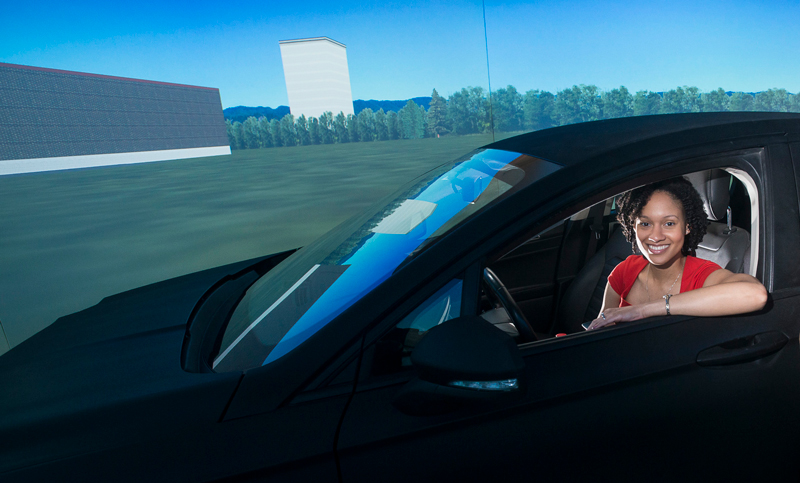US DOT Awards UMass $15 Million To Lead New England Region’s University Transportation Center

Photo: umass.edu
UMass Will Lead A Consortium Of Universities And Community Colleges To Address Transportation Challenges Such As Safety, Equitable Access And Community Engagement
The University of Massachusetts Amherst will lead the New England Region 1 consortium — one of 10 regional university transportation centers (UTCs) — for the U.S. Department of Transportation under a five-year, $15 million grant. The goal of the centers is to advance state-of-the-art transportation research, technology and safety.
The colleges and universities comprising New England’s Region 1 consortium led by UMass Amherst include the University of Connecticut, MIT, the University of Maine, the University of New Hampshire, the University of Rhode Island and Norwich University, as well as Bunker Hill and Holyoke community colleges.
The UTC program has been congressionally mandated since 1987 and each consortium includes two- and four-year colleges and universities that form a unique center of transportation excellence on a specific research topic. There are five national centers, 20 Tier 1 centers and 10 regional centers in the United States.
President Biden’s infrastructure package included $90 million in funding per year for the competitively selected UTC Program grants. The DOT received 230 grant applications, which represents the largest number of applications ever submitted in the 35-year history of the UTC Program.
“I am thrilled that the University of Massachusetts Amherst will now lead the New England Region’s University Transportation Center,” says Congressman Jim McGovern. “Billions of dollars are being invested through the bipartisan infrastructure bill, and now UMass will be at the forefront of ensuring that this money is spent wisely, justly and efficiently.”
“The University of Massachusetts Amherst has been quite active within the UTC program since its inception, and we are excited about the society impact of the research and education developed within this new UTC,” said Michael Knodler Jr., director of the UMass Transportation Center. Knodler is Associate Dean for Research & Graduate Affairs and Professor of Civil and Environmental Engineering in the UMass College of Engineering. .
In regard to safety, “Despite traffic safety advances, roadway fatalities in 2021 were the highest in over a decade, and up more than 10% from 2020,” Knodler says. “The traffic fatality rate per mile is significantly higher for Black and Hispanic Americans when compared to White Americans, and those of low socioeconomic status are more likely to be involved in fatal crashes.”
The New England University Transportation Center’s (NEUTC) mission is to advance equitable safety through transformative research, education and technology transfer in four thematic priority areas:
- Embedding equity and community engagement within transportation safety by developing and integrating best practices to improve safety through an equity lens while engaging the public in developing and disseminating safety solutions.
- Developing smart infrastructure and connected systems by optimizing road infrastructure to improve safety and reduce congestion through advancements in telecommunication, sensors, design, augmented reality, driver assistance systems and human-machine interactions, as well as by addressing cybersecurity risks.
- Improving safety for all modes of transportation (pedestrians, bicyclists, commercial vehicles, etc.) for all populations, but especially vulnerable ones such as underserved communities, disadvantaged populations and people with disabilities.
- Promoting automated vehicle safety by identifying, developing and evaluating new approaches that promote safety between automated vehicles and all road users.

Interesting photo: it suggests that the “urge to drive a car” might be satisfied virtually — and then to actually go somewhere, we would walk or bike — or hop on a bus or train — like most of the “rest of the” world….